iPhone Storage Still Full After Deleting Photos: What to Do?
Ever hit that annoying roadblock where your iPhone storage claims it’s still full, even after you’ve gone on a photo-deleting spree? Yep, the whole “iPhone storage still full after deleting photos” saga. It’s a common snag, but definitely not a dead-end. We’re about to show you some nifty ways to get around this, making sure those ‘deleted’ photos really do give back some much-needed space.
Why iPhone Storage Is Still Full After Deleting Photos
Ever felt puzzled when all iPhone photos were deleted but the storage was still full? You’re not alone. We recently got a letter from a reader facing this exact issue, saying, “I deleted all my photos but it still says storage full on my iPhone. What’s going on?” This prompted us to explore and break down the common culprits for you:
- Cached data and temporary files: Your iPhone keeps temporary files to make apps run faster. These sometimes junk files can pile up and take up space without you realizing it.
- Messages and attachments: Don’t forget about the photos and videos you’ve received in messages. These can use up a lot of space, even if you’ve cleared out your photo album.
- Unused apps and hidden data: Apps that you don’t use much can still store data on your phone. Sometimes, even when you delete the app, the data stays behind.
- iCloud sync and backup settings: Your iCloud settings might be saving copies of your photos both in the cloud and on your device, which means deleting photos doesn’t always free up space on your iPhone.
- Recently Deleted album: Here’s a kicker – when you delete photos, they move to the Recently Deleted album and stay there for 30 days. They’re not gone until you clear this album.
When you’re trying to fix the issue of iPhone storage still full after deleting photos, these are some good places to start looking. So, if your iPhone storage is not decreasing after deleting photos, it’s time to dig a bit deeper into your phone’s storage settings and clean up more than just your photo gallery.
How to Free Up Storage When Deleting Photos Isn’t Clearing Space on iPhone
Ran through your photo gallery chopping left, right, and center but still staring at that “Storage Almost Full” alert? Don’t sweat it. Now that you know what causes it, it’s time to deal with the issue itself. From the overlooked nooks and crannies of your iPhone storage to some settings tweaks, we’ve lined up everything you need to know to get your storage stats moving in the right direction. Ready to turn the tables on your iPhone storage?
Method 1: Check Recently Deleted Folder
Think you’ve cleared out photos but found your storage unchanged? Here’s a first step many miss:
- Open Photos: Tap on the Photos app to get started.
- Hit Albums: At the bottom, you’ll see ‘Albums’. Give that a tap.
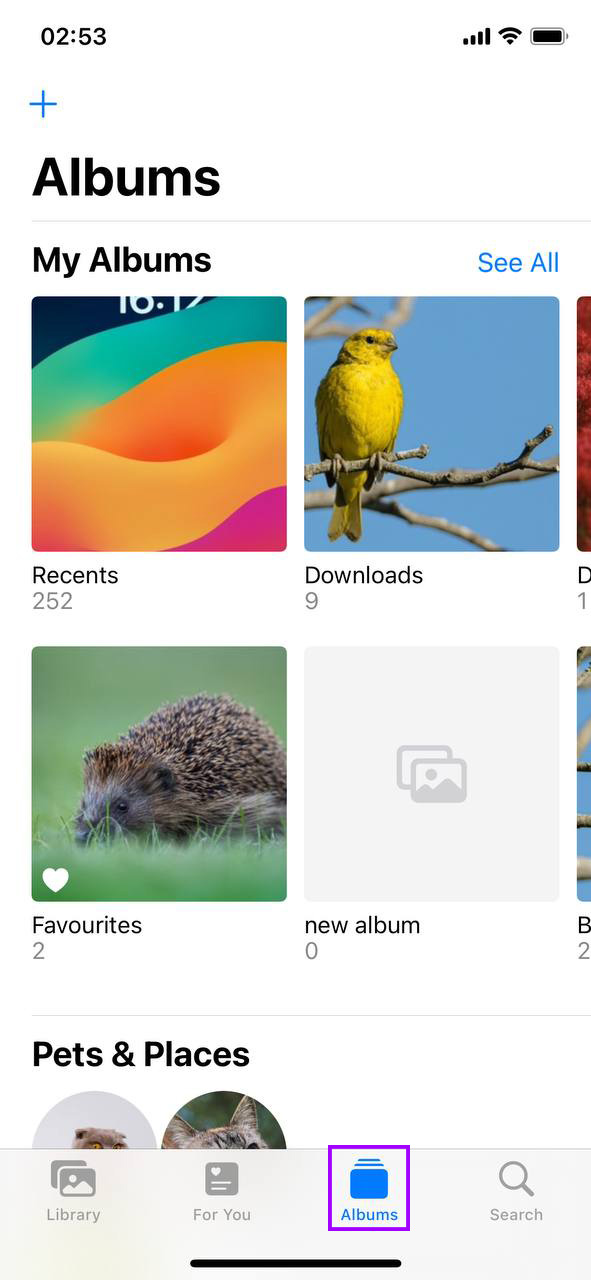
- Scroll to Recently Deleted: It’s tucked away under ‘Other Albums’. Found it? Great, tap on it.
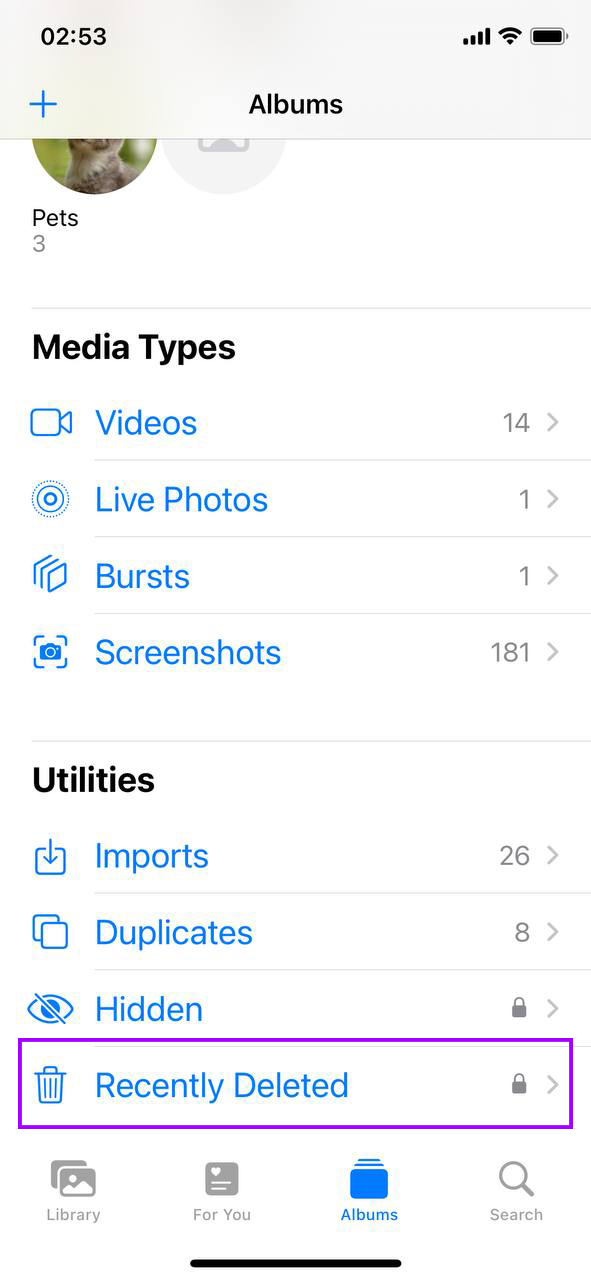
- Time to Select: Top right corner, hit ‘Select’. Now, you can choose individual photos or just ‘Delete All’ to clear the lot.
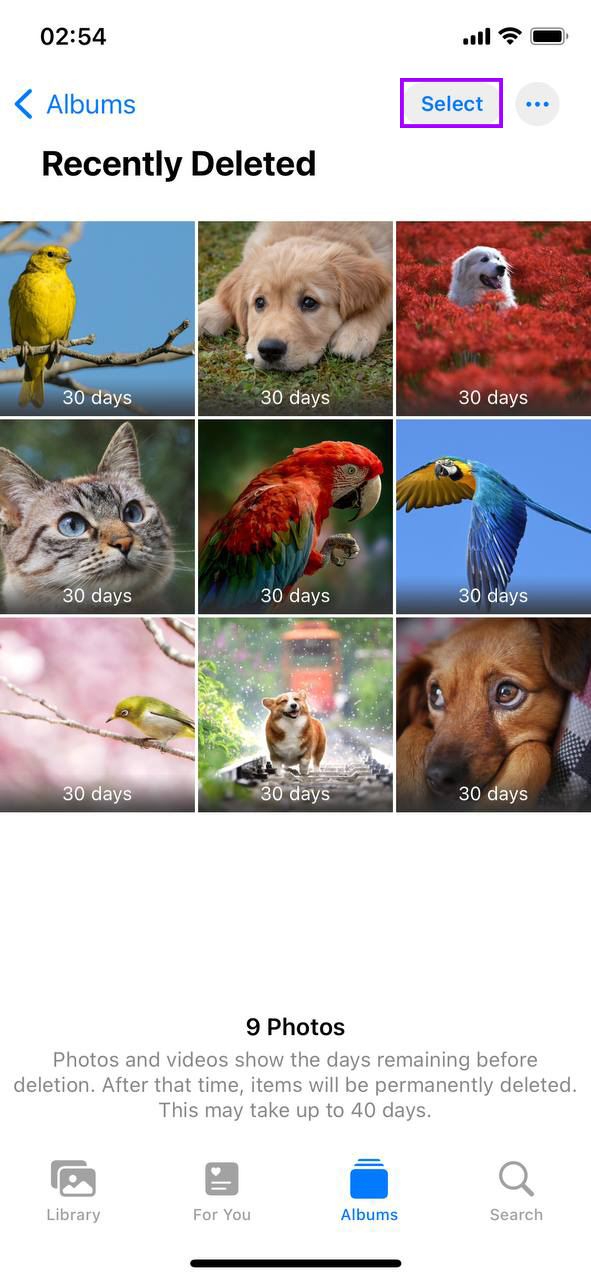
- Delete for Good: With your photos selected, tap ‘Delete’ and confirm. Those photos are now officially off your storage.
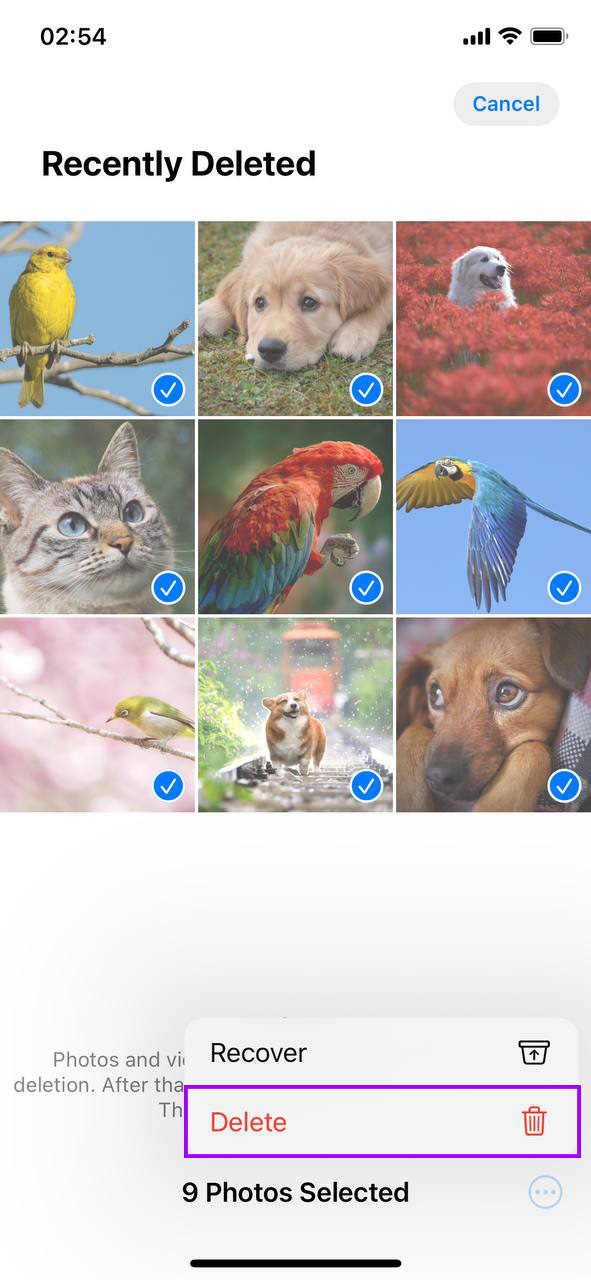
This step is the first one to take for anyone puzzled by their iPhone storage not decreasing after deleting photos. Just making sure what you delete is really gone, clearing up space that seemed stubbornly full.
Method 2: Restart Your iPhone
Sometimes, the simplest tricks can be surprisingly effective. A quick restart of your iPhone can help clear out temporary files and refresh the system, potentially freeing up some storage space. Here’s how you do it:
- Hold the Power Button: For most iPhones, you’ll hold the side or top button until the power off slider appears. If you’re using an iPhone with Face ID, you might need to hold the side button and either volume button simultaneously.
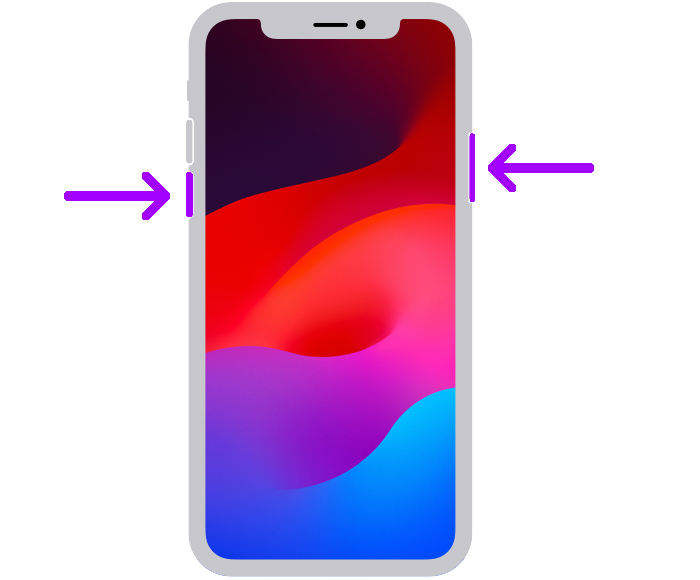
- Slide to Power Off: Swipe the slider, and your iPhone will begin shutting down. It’s a small wait from here.
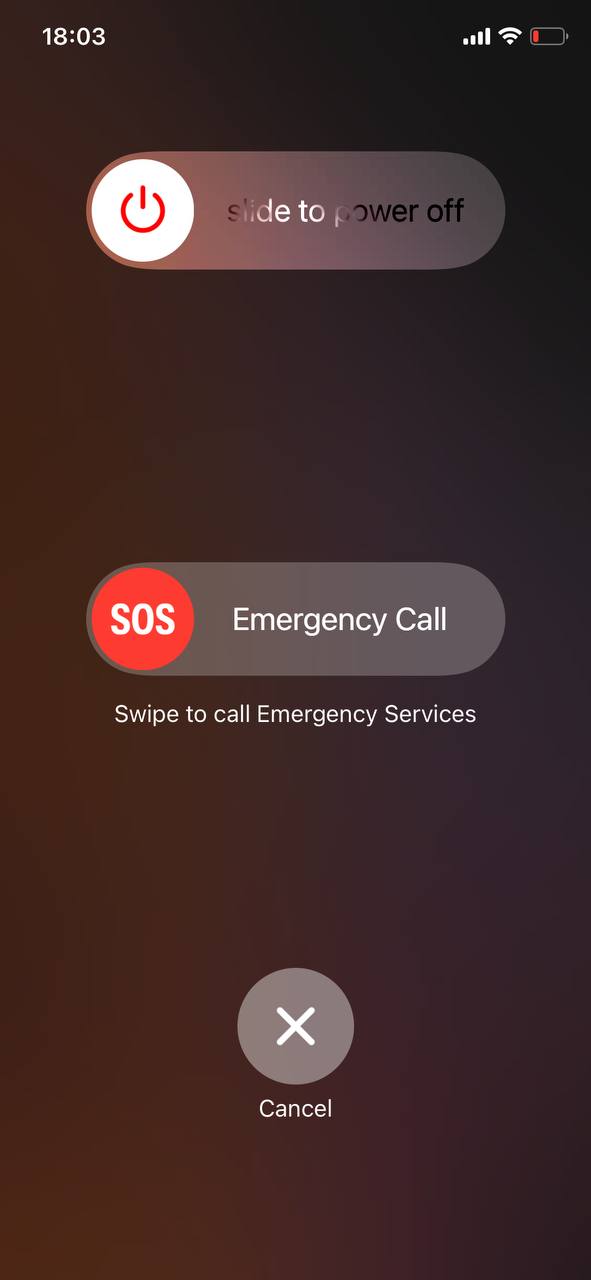
- Restart: Once your iPhone is off, press and hold the side/top button again. Let go when you see the Apple logo. Your iPhone is waking back up.
This step can be particularly handy if you’ve recently deleted a bunch of stuff but the iPhone storage full after deleting photos issue persists. A restart can help the system recalibrate and accurately reflect the new storage status.
Method 3: Update to Latest iOS
Running on an outdated iOS can sometimes mess with your storage metrics. Outdated iOS versions also might not handle storage as effectively, leading to issues when iPhone storage still full after deleting photos. Here’s how to be sure you’re on the latest version:
- Open Settings: Start by tapping the Settings icon on your home screen.
- Tap on General: Once in Settings, find and tap on the “General” option.
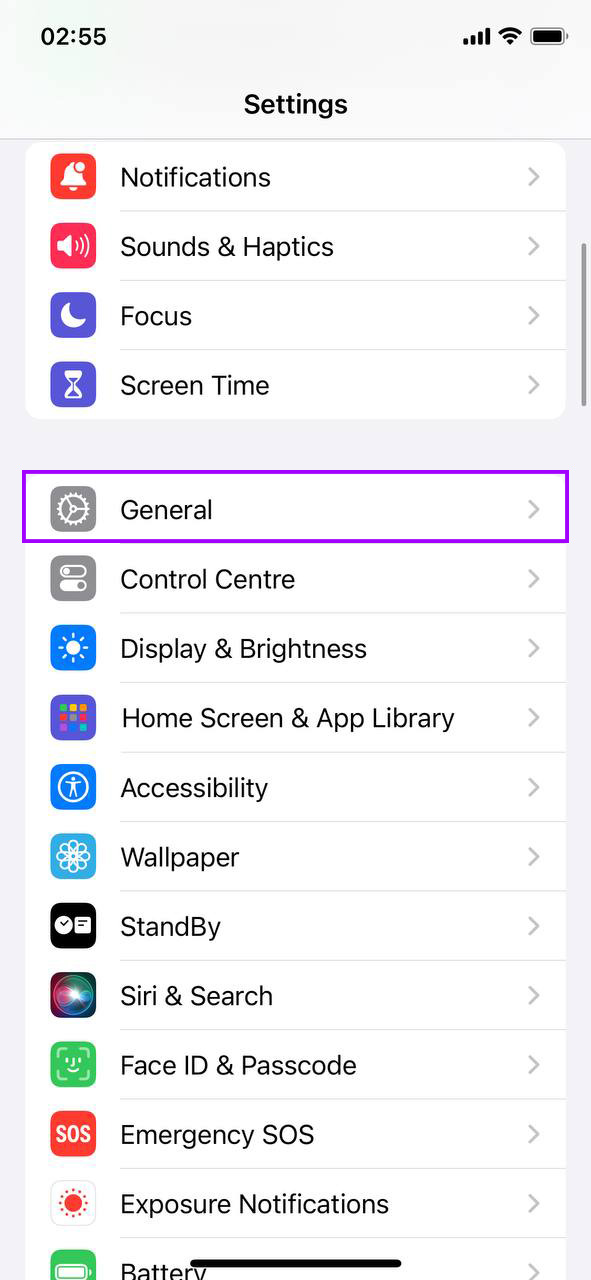
- Software Update: Next, tap “Software Update” to check if there’s an update available for your iPhone.
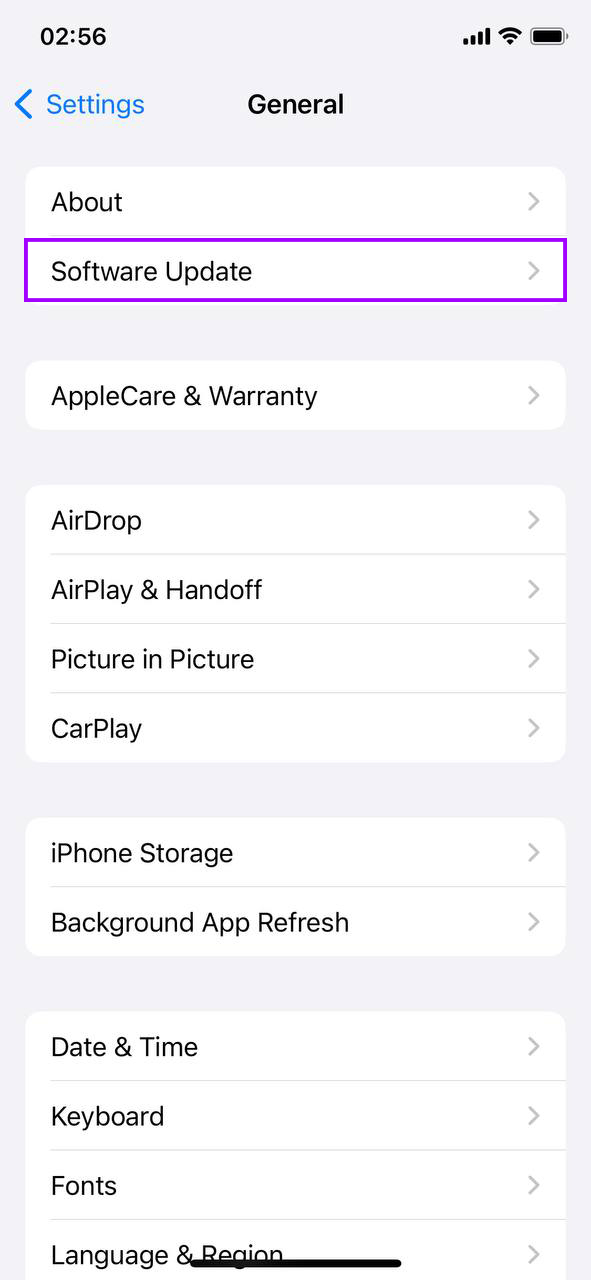
- Download and Install: If an update is available, you’ll see the option to “Update Now.” Tap it, and your iPhone will start updating. Make sure you’re connected to Wi-Fi and have enough battery life, or plug your phone into a charger before starting the update.
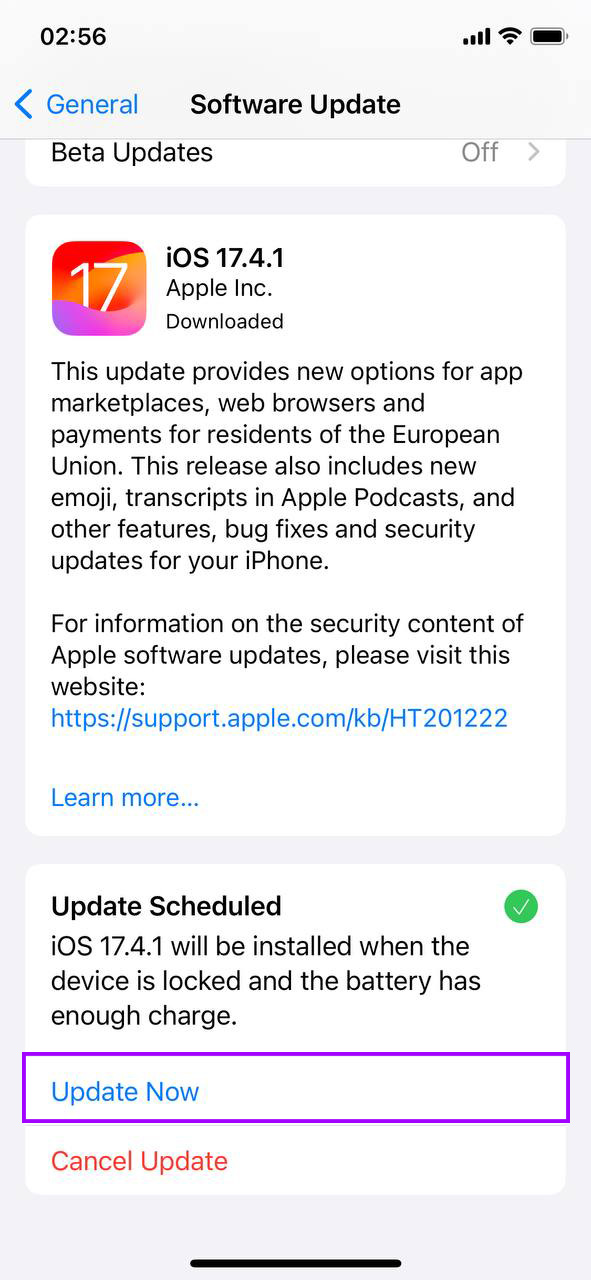
An updated iOS can sometimes resolve underlying issues that cause your storage to not reflect actual usage accurately. This is especially relevant if you’ve noticed that deleting photos not clearing space on iPhone becomes a recurring problem.
Method 4: Modify Date and Time (for Hidden Photos)
Sometimes, your iPhone might hide photos due to incorrect date and time settings, making it seem like your storage isn’t freeing up even after deletions. Adjusting these settings might show these hidden photos, allowing you to delete them and free up space. Here’s how to tweak your date and time settings:
- Access Settings: Tap on the Settings app from your home screen to get started.
- Find “General”: Scroll down and select the “General” option within your Settings menu.

- Tap “Date & Time”: Inside the General settings, find and tap on “Date & Time.”
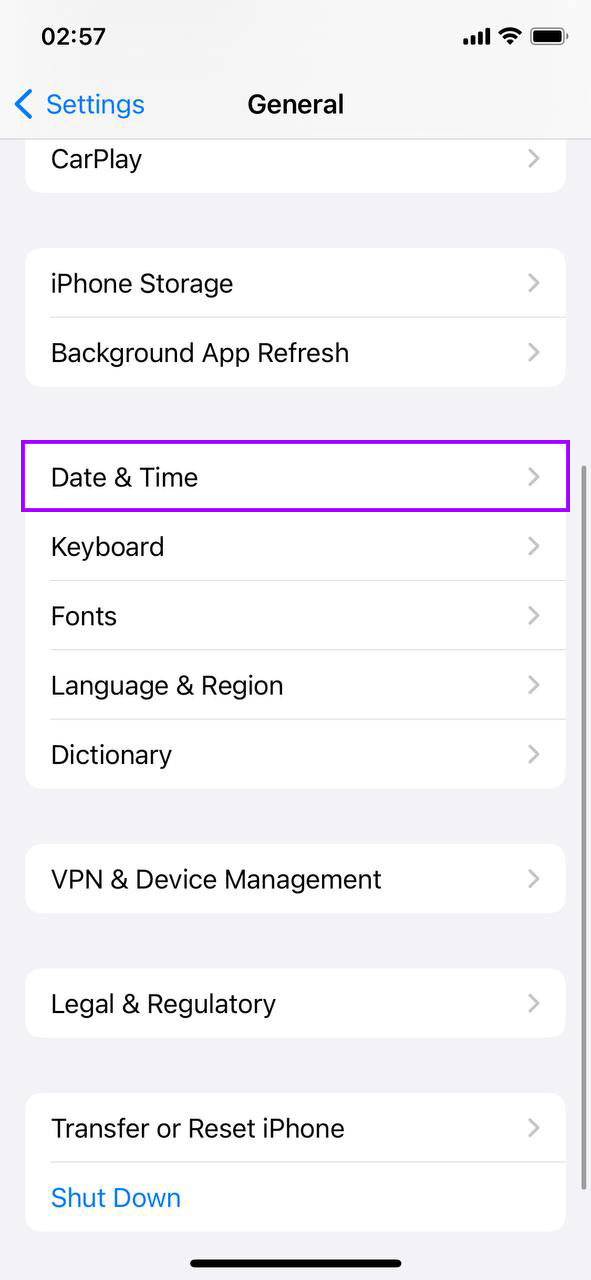
- Turn Off “Set Automatically”: If “Set Automatically” is enabled, toggle it off to manually set the date and time.
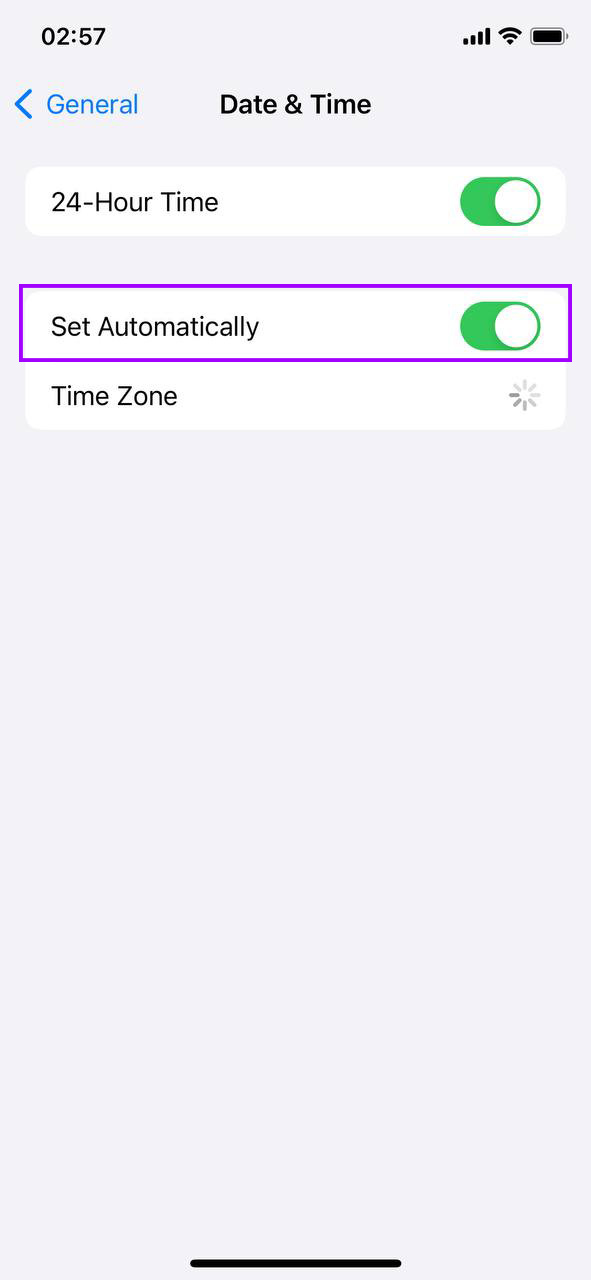
- Adjust Date and Time: Manually change the date to a year or two in the past and then check your Photos app for any photos that may appear as a result of this change.
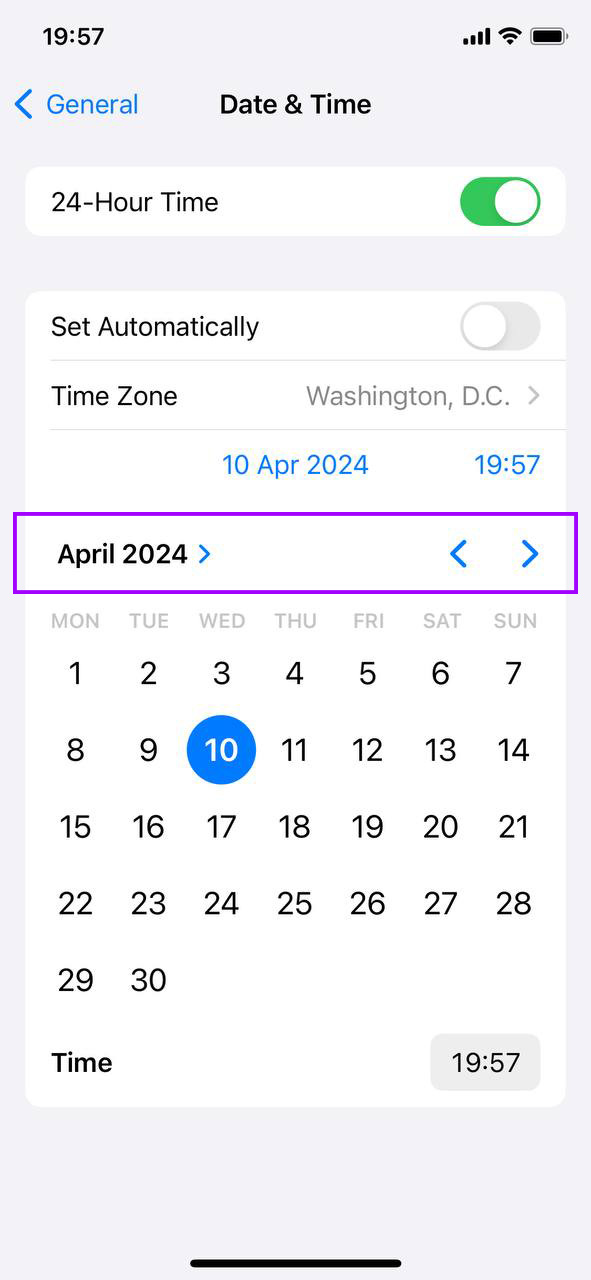
- Reset Date and Time: After checking for and dealing with hidden photos, don’t forget to go back into your settings and either set the date and time manually to the correct values or toggle “Set Automatically” back on.
This method can be a clever workaround if you’re puzzled by the still full storage, uncovering photos that were hidden due to incorrect time stamps.
Method 5: Temporarily Disable iCloud Photos (with Backup)
Got iCloud Photos on? It might be resynchronizing all your shots in full resolution back to your phone, eating up space. Here’s a quick check, but first, make sure your photos are safely backed up in iCloud.
- Jump into Settings: Tap that gear icon to get started.
- Tap Your Name: Right at the top of Settings, that’s where your Apple ID and iCloud settings live.
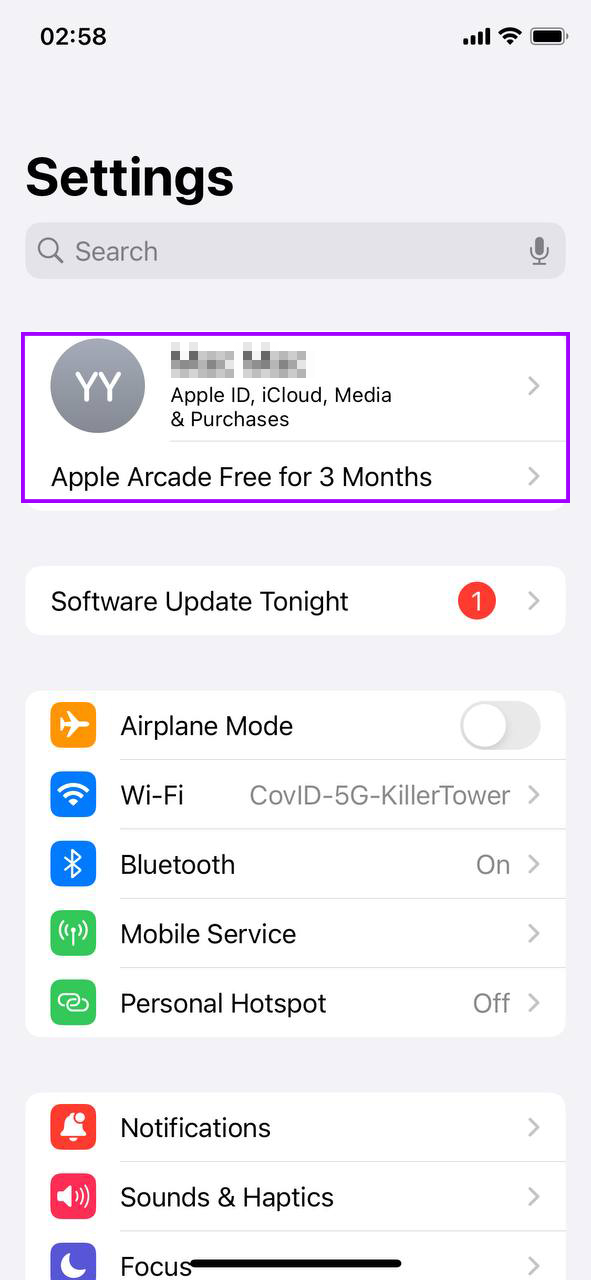
- Go to iCloud: It’s listed right there; tap it to see what’s syncing.
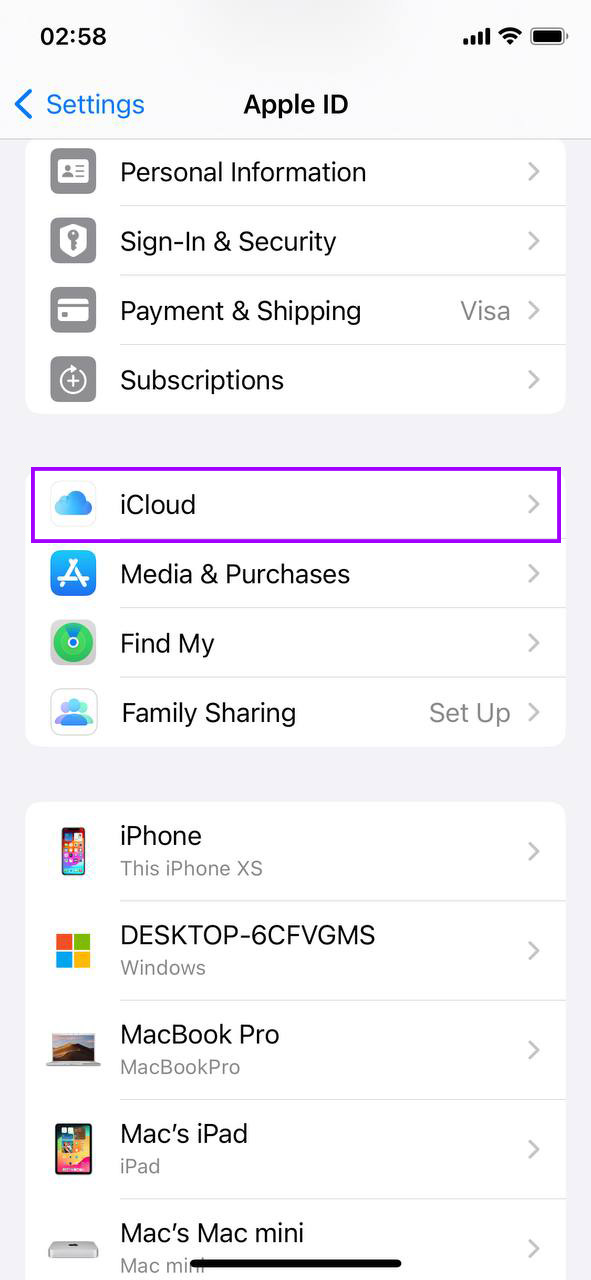
- Find Photos: Among the options, you’ll find “Photos.” That’s your target.
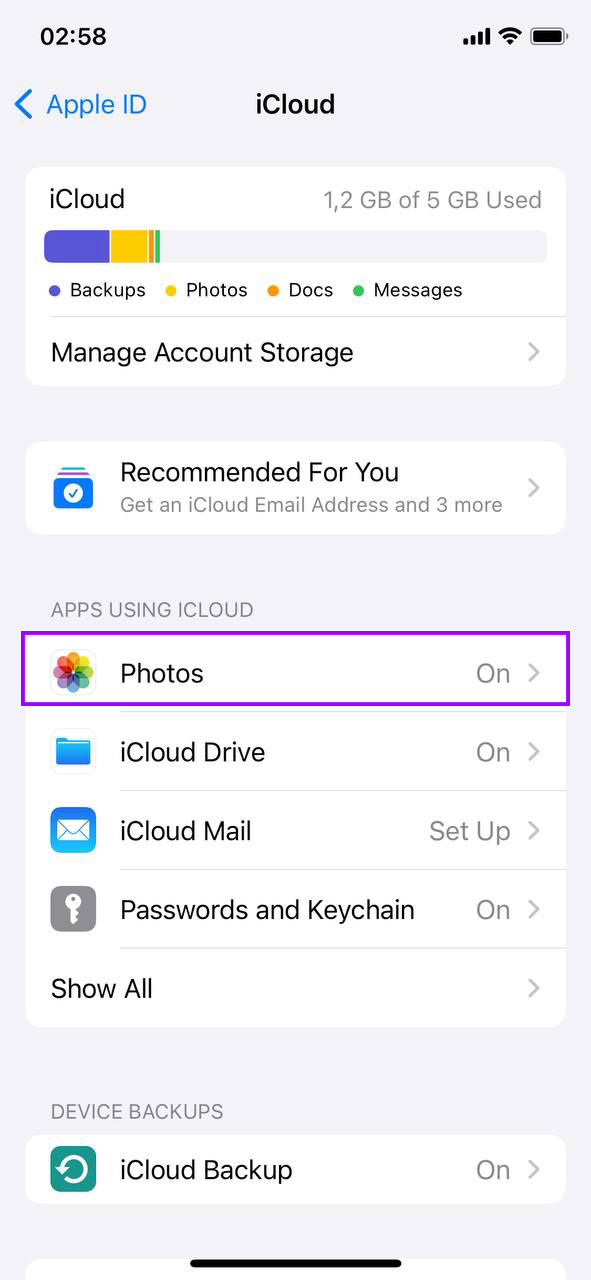
- Toggle Off Sync this iPhone: If it’s on, flip that switch to off. This stops the full-res downloads.
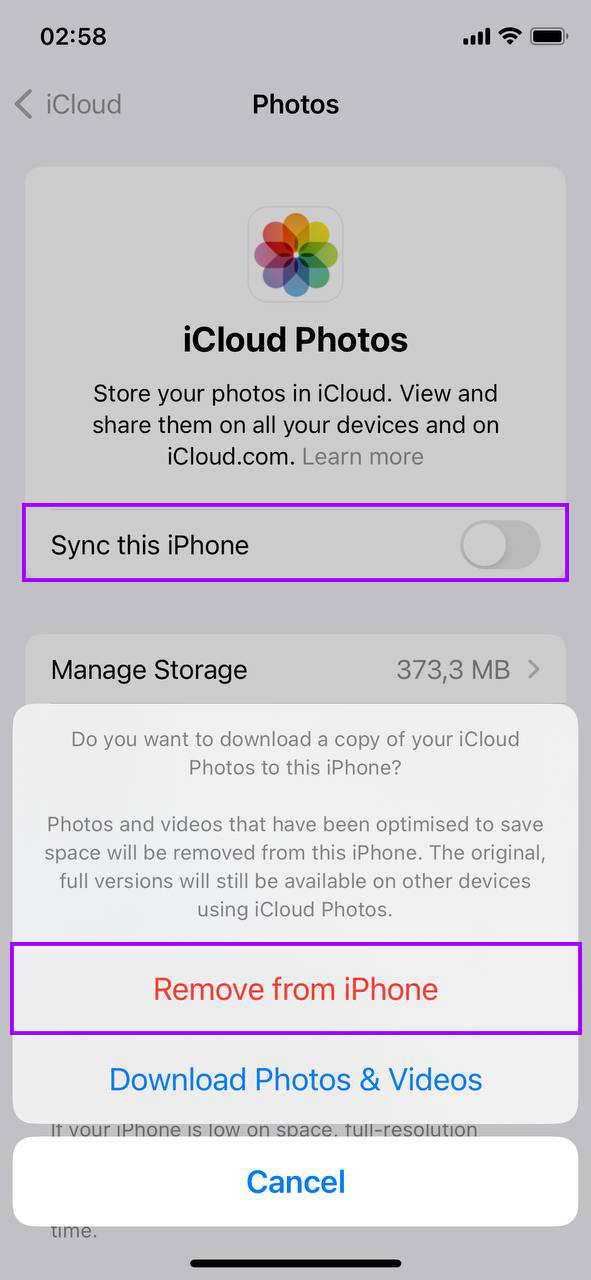
This action shifts your iPhone to store only thumbnails of your photos, which could seriously free up some space. It’s a smart move if you’re scratching your head when you deleted all photos but it still says storage full issues.
Method 6: Free Up Other Storage
Photos might not be your only space hog. Ever noticed how ther storage seems to take up more room than it should? Apps, messages, and hidden data can bulk up your storage too. Let’s slim it down:
- Settings First: Tap that gear icon to open Settings.
- General Next: Scroll to find “General” and tap it.

- Find iPhone Storage: Inside General, look for “iPhone Storage” and tap to enter.
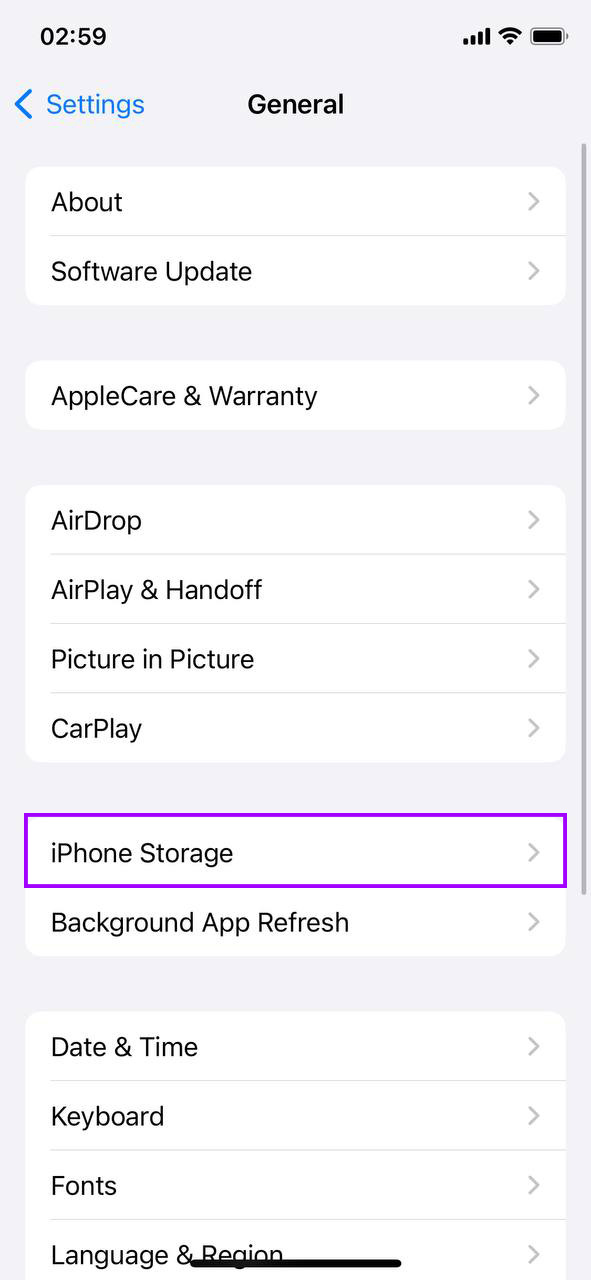
- Wait for the Breakdown: Your iPhone will take a moment to show you what’s using up your space. This chart is gold for spotting storage hogs.
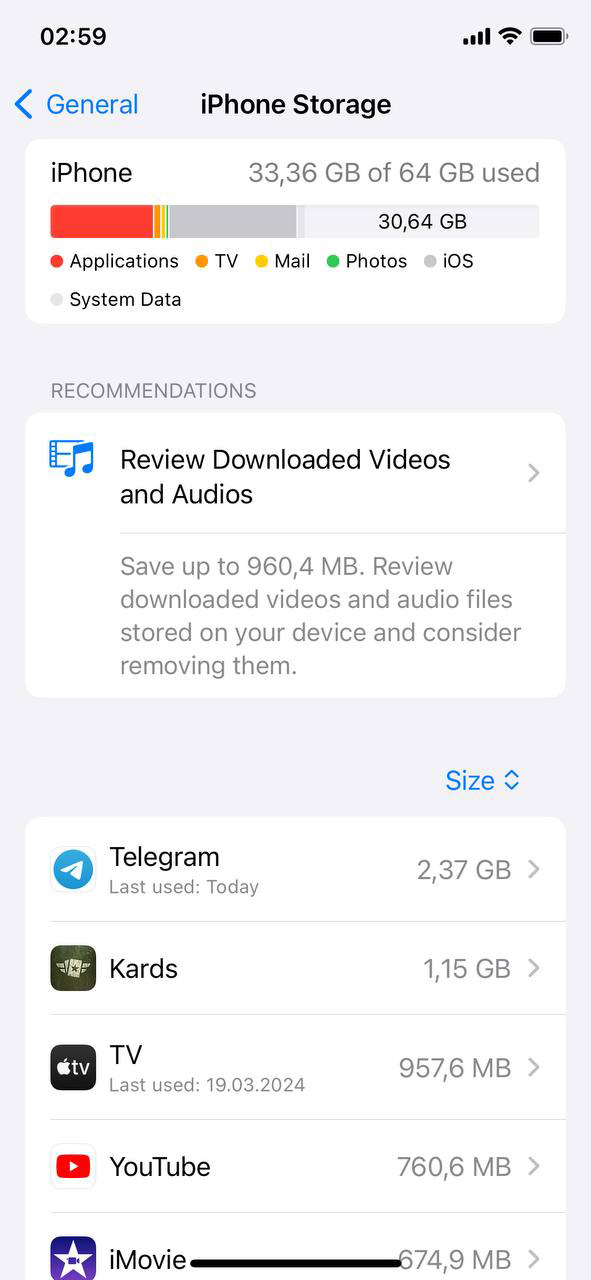
- Decision Time: See any apps you hardly use? This might be the time to say goodbye. Also, check out the recommendations for quick fixes to free up space.
Getting a grip on ‘Other Storage’ can make a big difference, especially when iPhone photos are deleted but storage is still full issue persists.
Method 7: Use Third-party Storage Management Apps
When the iPhone’s built-in tools aren’t cutting it, third-party storage management apps come to the rescue. Here are a handful that work wonders directly on your iPhone:
- Gemini Photos (now called CleanMy®Phone): Ever find yourself snapping a dozen photos of the same scene to get that perfect shot? Gemini Photos shines here. It smartly groups similar photos, letting you choose the keepers and suggesting the rest for deletion. It even spots blurry shots and old screenshots that you can probably do without. A visual-heavy user? This might be your match.
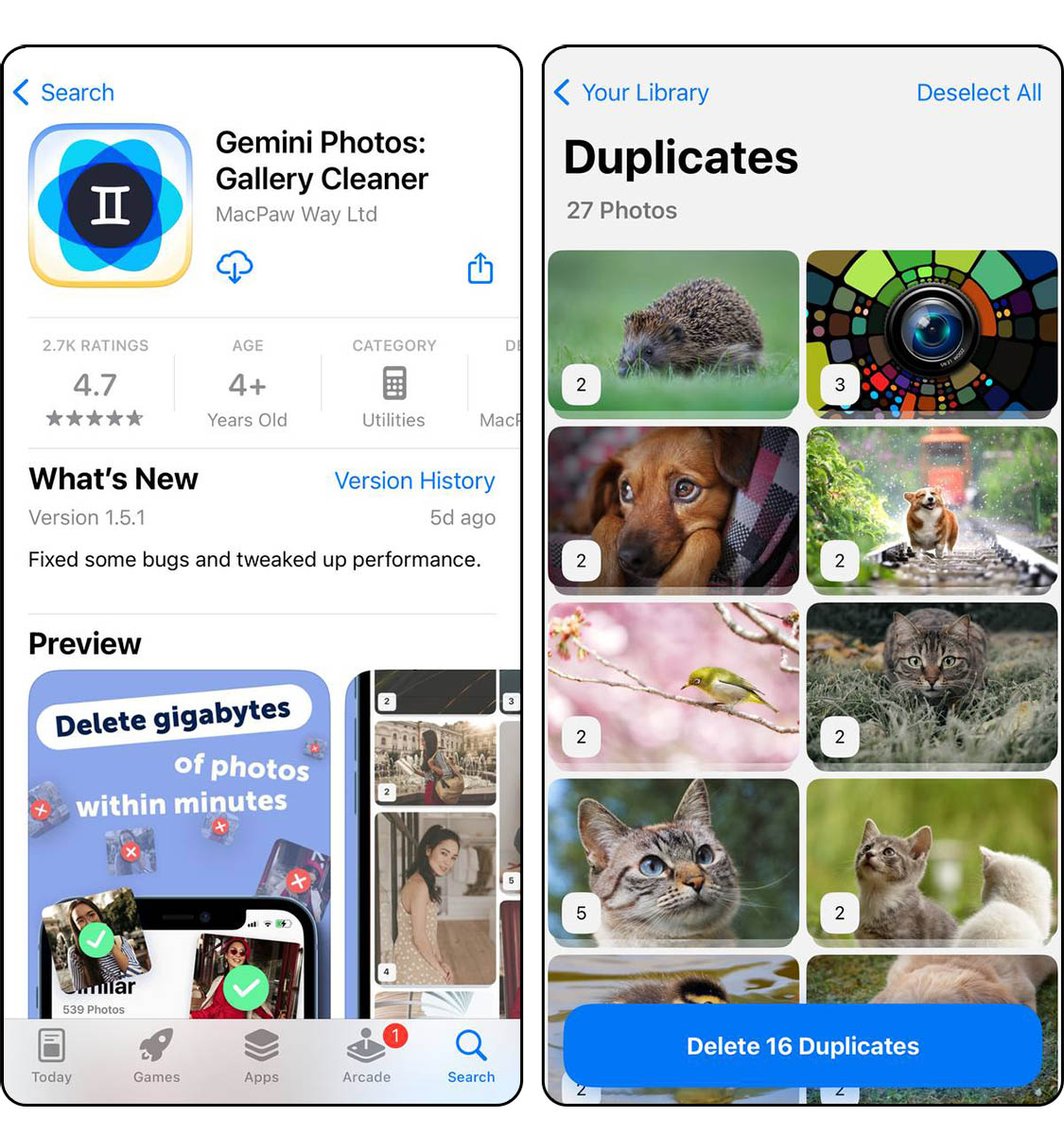
- CleanerX – AI Clean up storage: This app offers a variety of tools to clean up your iPhone, including the ability to find and remove duplicate photos, videos, contacts, and calendar events. It can also help you identify and clean up large files and clear cache data from your device. Its visual representation of your storage usage helps you quickly see where you can make cuts.
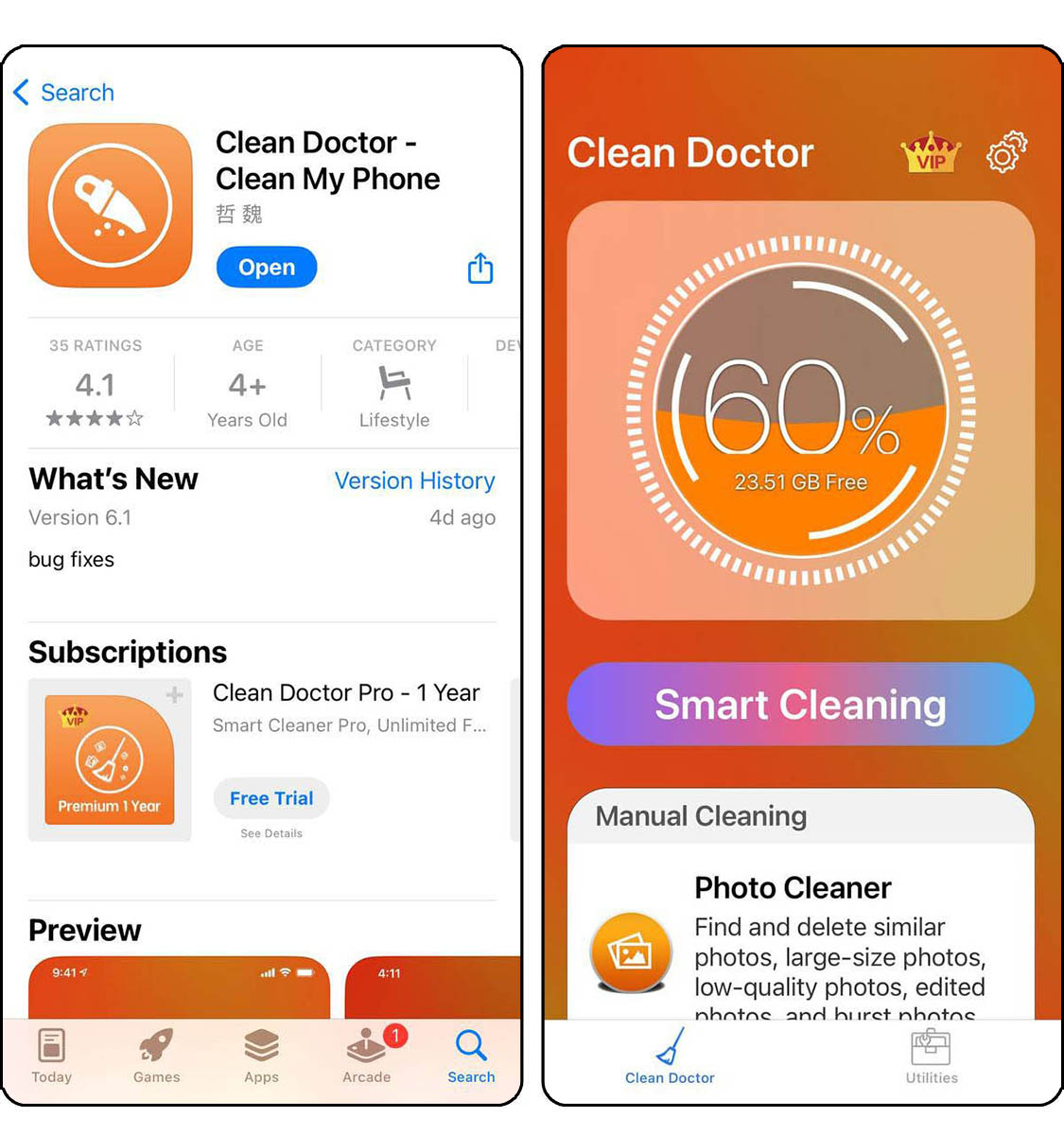
- Slidebox: If your storage woes are mainly due to an overflowing photo library, Slidebox offers a tactile way to sort through your photos. You can quickly swipe through pictures, delete unwanted ones on the go, and organize the rest into albums. It’s a photo management app that integrates with your iPhone’s Photos app to make decluttering more intuitive.

And remember, if all else fails and you’re still staring down that “Storage Almost Full” message, there’s one more drastic option to consider.
Method 8: Factory Reset (Last Resort)
At your wit’s end with the “Storage Almost Full” message? If all else fails, a factory reset could be the clean slate you need. But caution: this wipes your iPhone clean. Here’s the safe way to do it:
- Back Everything Up: First things first, save what matters. Use iCloud or your computer to back up your essentials.
- Settings Time: On your iPhone, dive into Settings.
- Hit General: Scroll to find “General” and tap it.

- Erase All Content and Settings: Down at the bottom of General, there’s “Transfer or Reset iPhone.” Tap it, then “Erase All Content and Settings.” You might need to punch in your passcode and Apple ID to confirm.
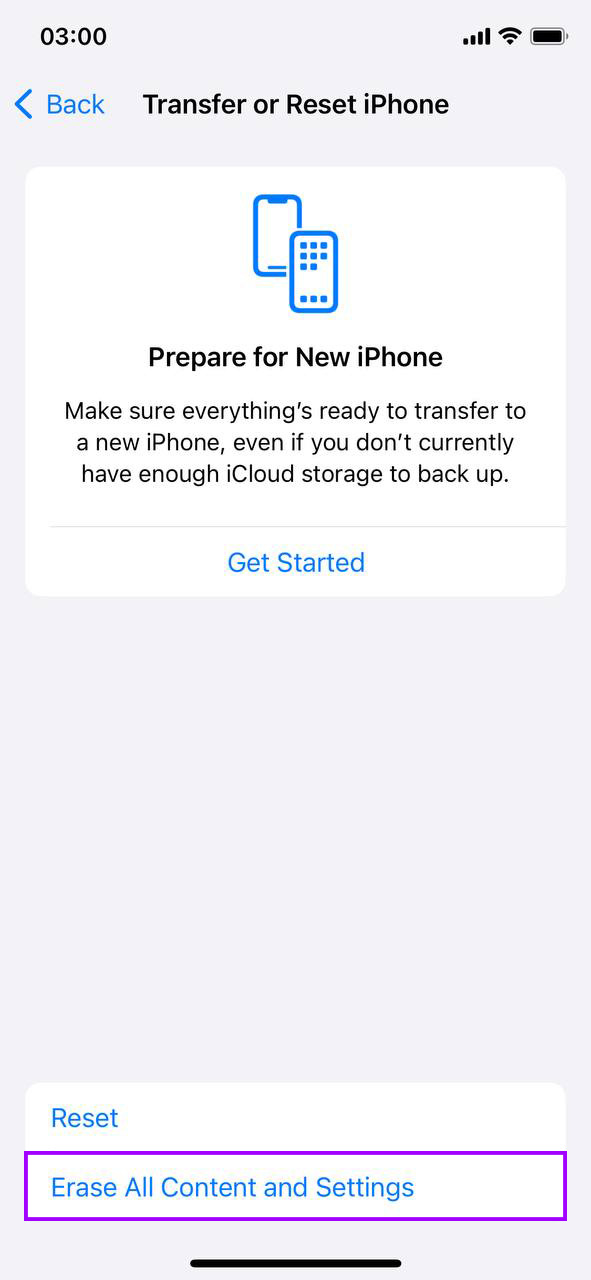
- Set Up Fresh: After the reset, your iPhone restarts fresh. Set it up as new or restore your backed-up data.
This step is the nuclear option for the most stubborn issues. It’s the way to go when you’ve tried everything from app clean-ups to storage management and still can’t shake off that full storage warning.
Remember, a factory reset means starting from scratch, so it’s worth trying other methods first to clear up space without losing everything.
Conclusion
So, there you have it. Tackling the pesky issue of your iPhone holding onto storage even after you’ve cleared out photos isn’t as daunting as it seems. From checking the nooks and crannies of the ‘Recently Deleted’ folder to considering a full-on factory reset, you’ve got a toolbox ready to help reclaim your space. Keep this guide handy, and next time your iPhone storage plays hard to get, you’ll know just what to do.






















